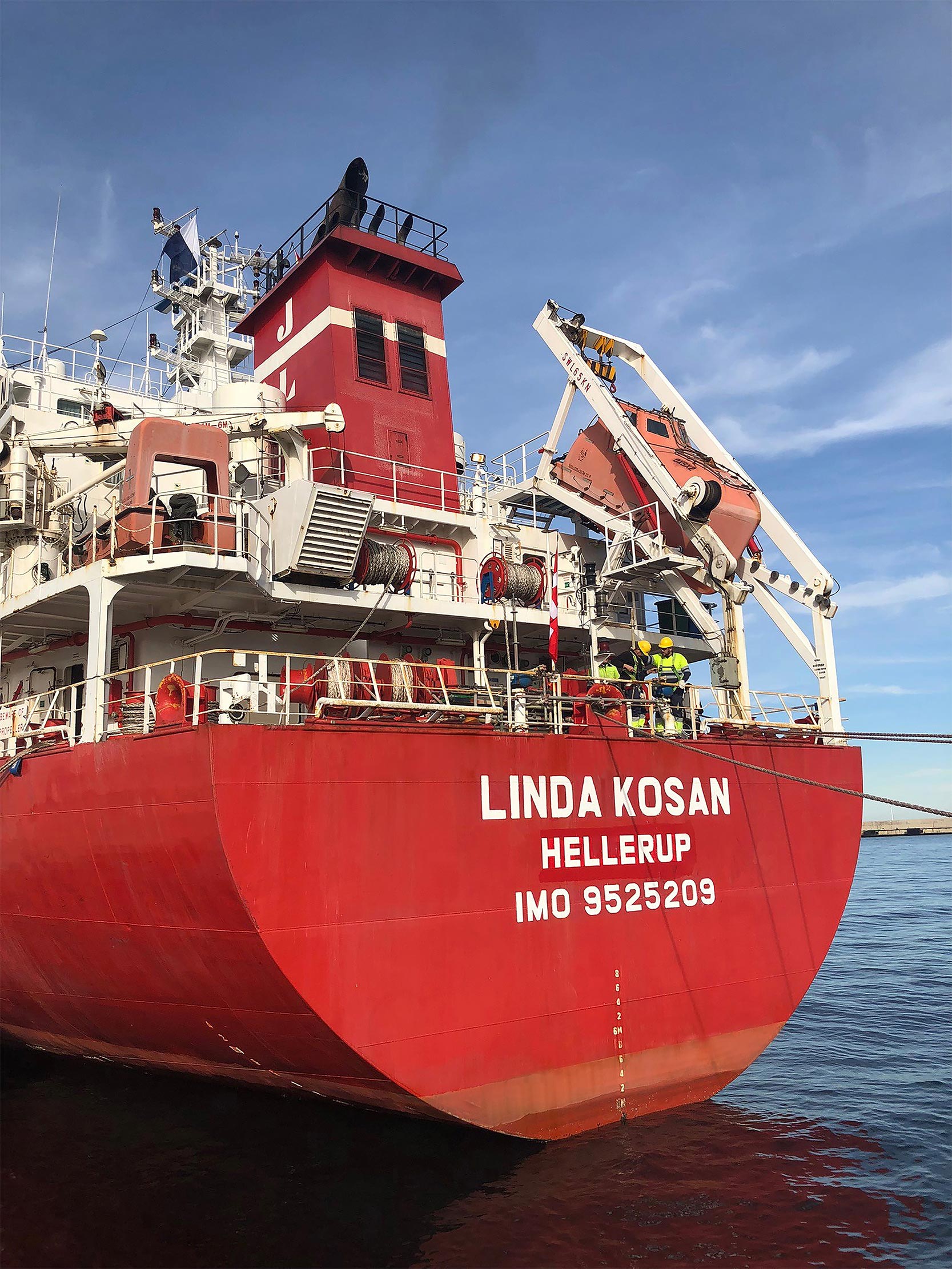Vessel Operation
Task leader: Vessel Performance Solutions
Task number: 1.2
The task concerning Vessel Operation deals with development of various aspects related to the prediction and optimization of vessel performance or efficiency. The task is split into three subtasks with the following specific objectives:
- Develop the vessel performance digital twin, improve performance predictions in a seaway
- Improve voyage modelling and optimization
- Diagnostics engine, Close feedback loop to vessel crews, raise the bar for decision support, providing higher order conclusions and decision support for actions.
The scatter in performance predictions is today significant in the industry, either using autolog or noon data and more work is required to understand the reasons. Detailed analysis will identify the root causes for the scatter and various initiatives will be made to improve it. This will include more precise information about wind, waves and currents affecting the vessels as well as improved methods for modelling the ships behaviour in a seaway. Important decisions are taken based on vessel performance assessment and the objective of sub-task 1.2.1 is to significantly improve prediction reliability of vessel performance and reduce the alarm time for detection of vessel not meeting expected performance thresh-holds.
Voyage modelling and optimisation is of major importance for the shipping companies, however, processes and communication across departments is not always optimal. The voyage modelling will addressed by analysis of existing voyages in the different segments and potentials for improved planning and execution will be identified. A tool to assist office staff and vessel crew in voyage planning and execution will be developed with focus on optimizing the processes in the vessel-office communication as well as optimizing for expected weather, most fuel-efficient voyage and optimizing the voyage for highest profit. Shipping companies expect high potentials from this work by having a voyage tool that can bridge gap between operations department, vessel crew and technical management/vessel performance departments.
The level of decision support in performance management services is often basic, related to simple benchmarking and identifying poor performance. The idea of the Diagnostics engine is to be able to identify not only poor performance but also point out root causes for poor performance and ideally also be able to suggest corrective actions. Such information should be directed to relevant stakeholders, including the vessel crew. The objective is to use cross-correlation combined with extensive use of mathematical modelling, having different models covering the same subject but getting information from different sources, so-called “overdetermined” system identification. The partners expect to be able to identify not only higher order problems but also identification of sensor drift, faulty sensors and manual as well as automatic data logging that is outside expected ranges. Based on the higher level decision support, the task will deliver suggestions for actual actions, either in the office or for the vessel crew. Objectives are three fold:
- Improve feedback loop to vessel and vessel crew motivation
- Improve the number of vessels that can be monitored by a single performance manager
- Improve voyage monitoring and provide relevant alarms when voyages are not conducted.
Task partners
Vessel Performance Solutions
BW Epic Kosan
DTU Mechanical Engineering
Hapag Lloyd
Lauritzen Bulkers
SIMAC
TORM
University of Southern Denmark
